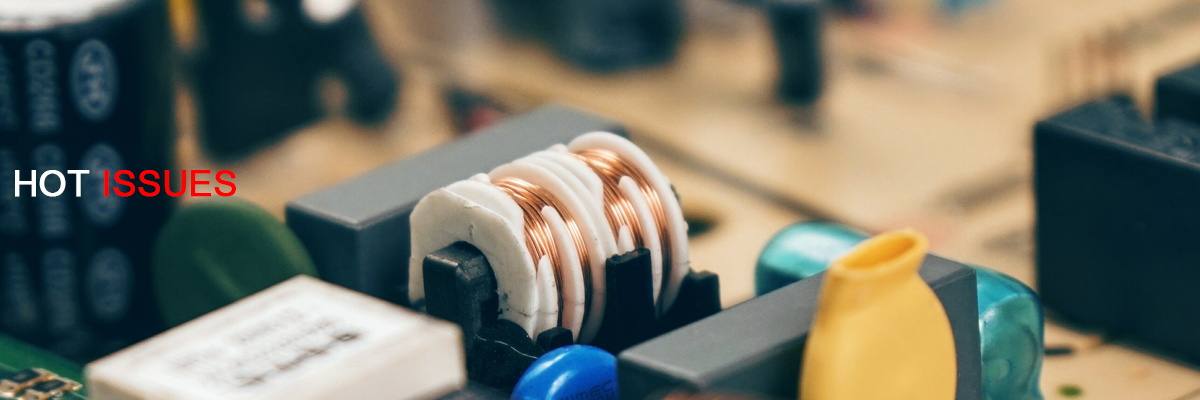Release Time:2018-09-26 Publisher:admin
PCB Design and PCB Prototypes
Engineers designing printed circuit boards (PCBs) usually produce a prototype board before full-scale manufacturing of boards for end products. Prototypes may be developed for boards with limited-function to test proof-of-concept of single functions, before production of a more complex finished product.
With the increase of pcb functions,increase of design complexity can ensure quality and expected results. This is especially useful in more complex PCB designs ,because the final failure will lead to expensive rework and redesign cost.
In the condition of manufacturing high-density or multilayer boards are scenarios where prototyping can accelerate the processes of PCB circuit concept-to-production. Building cost-effective prototype boards is a specialty service offered by some PCB fabricators.
Cycling prototype boards can can speed development of a working final design. The cost of rework is obviously increased if there is any problem or requirement on the later conditions which makes prototype design software become a valuable tool for electronic engineers and circuit designers.
Prototype Variations
Electronic Design Automation (EDA) software can be divided into several categories including prototype design tools for design professionals. Prototypes contains several categories:
1.Proof-of-concept – this may include some of the intended functions to prove a circuit design concept is feasible and practicable, but it may not include all functionality planned for the final product.
2.Working prototype – it includes all expected function, but could be refined in the final design.
3.Visual model – final physical design is not a working prototype.
4.Functioning prototype – this part should contain the final production board’s all functionality and characteristics . The possible difference is different equipment or slightly different materials. Some pcb manufacturers may have different areas where prototypes are developed on a quick-turn basis but not mass production lines that are be more automated or utilize different fabrication processes.
PCB designs may require that functioning prototypes are manufactured in the same conditions as volume production will be done, to ensure the final version have the same quality and functionality.
PCB Prototype Design Software Functions
1.Price – the product is immediately eliminated,if software is not affordable or justifiable. However, there are very complex and full-featured products offered freely by some vendors.
2.Ease of use – it will take much longer to provide efficiency and value to the user,if software that is difficult to use and understand .
3.Development of schematics – creating schematics is often an initial stage of generating a prototype. This process includes features to place and edit routing, board components and other electrical elements, and graphics desired.
4.Creating connection points, pins, and descriptions.
5.Inclusion of libraries for components and board elements needed for design. This includes the capability for adding and editing libraries to add custom objects to the libraries.
6.Board editing capabilities for placing and moving pads, defining custom board shapes, and multi-layer definitions related to such areas as solder masks, keep-out areas, etc.
7.Complete control of PCB routing, RF design, and net management.
8.File generation for turning the prototype design into a fabrication-ready board.
